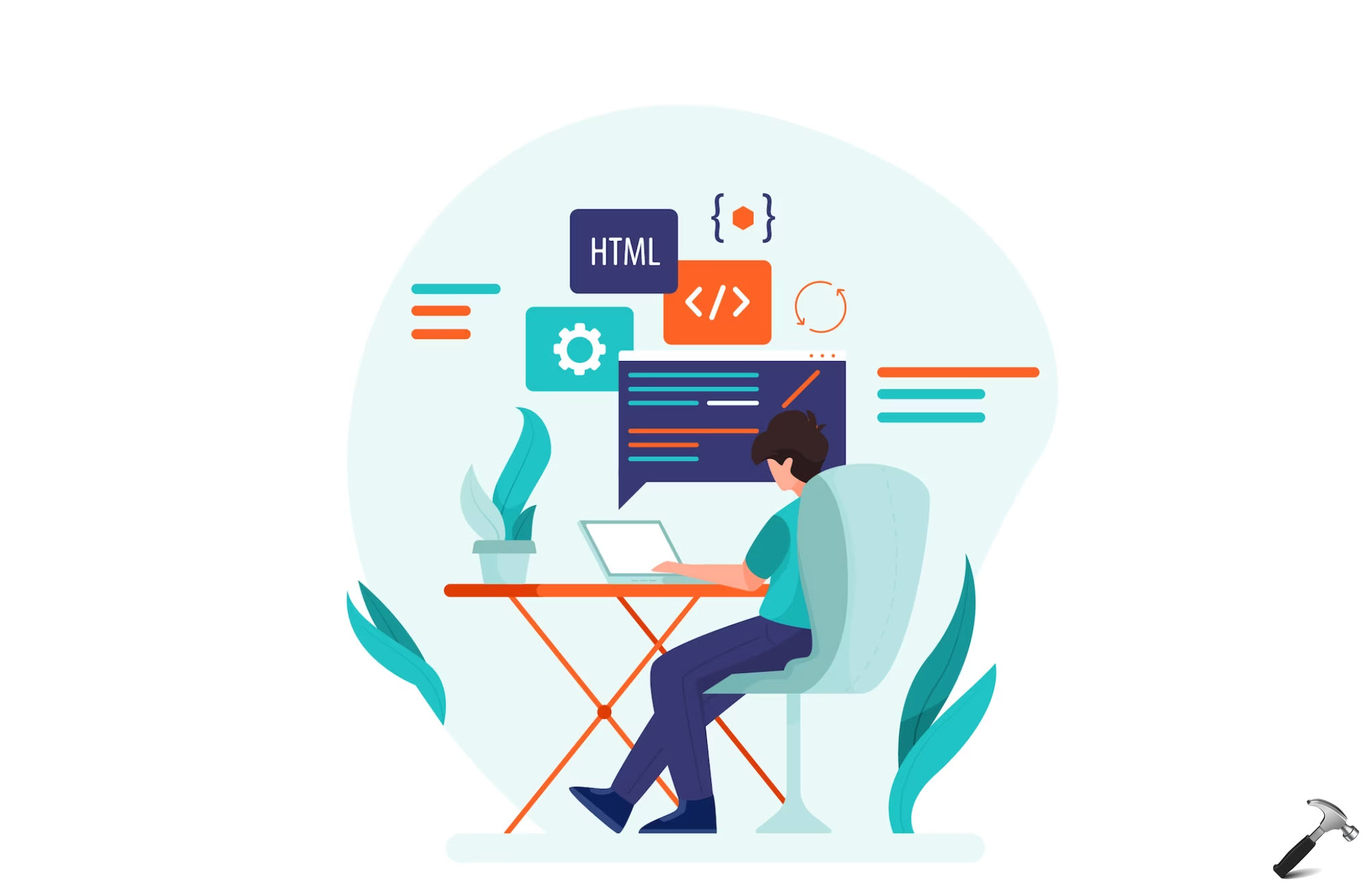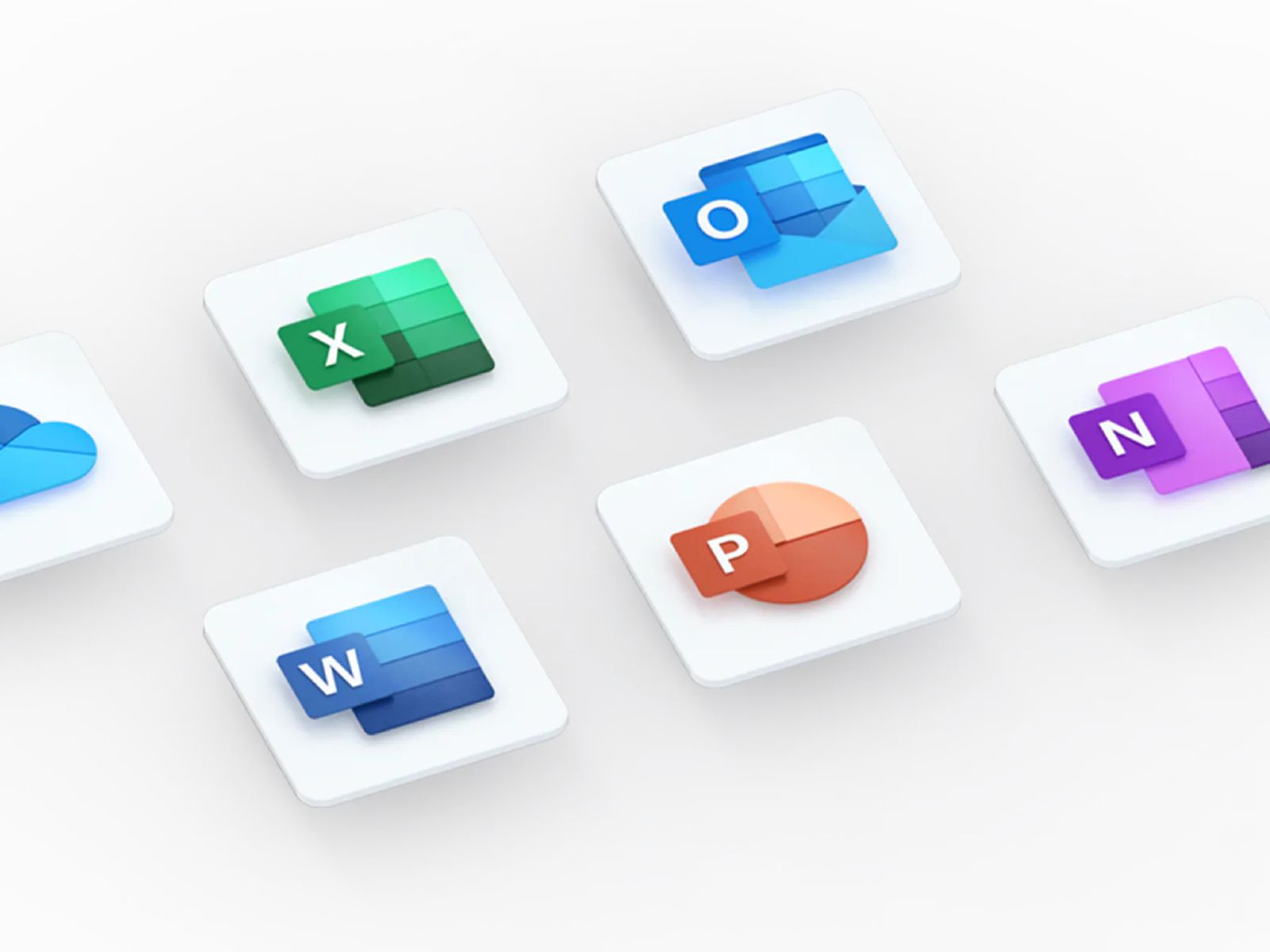The Windows Device Portal (WDP) is a web server included with Windows devices that lets you configure and manage the settings for the device over a network or USB connection (local connections are also supported on devices with a web browser). This post will help you to enable Windows Device Portal on Windows 11.
WDP also provides advanced diagnostic tools for troubleshooting and viewing the real-time performance of your Windows device. You must have Developer Mode enabled on Windows 11, in order to enable WDP.
Using the WDP, you can do the following:
- You can manage various device settings
- See a list of running processes
- Manage apps
- Configure and change Wi-Fi profiles, view signal strength, and see ipconfig details
- Checkout live graphs of CPU, memory, I/O, network, and GPU usage
- See process dumps
- See ETW logging
- Manipulate the isolated storage of sideloaded apps
- Manage Bluetooth and devices
Page Contents
Enable Device Portal on Windows 11
Manual steps
1. Open Settings app and go to System > For developers. Assuming you’ve Developer Mode already enabled, turn on Device Portal option.

2. A confirmation prompt may appear asking you to install Windows Developer Mode package. Click Yes.

3. In few moments, you will see notification ‘We are adding a new feature to Windows, this could take few minutes. If you click on that notification, you will be taken to Optional features page, where you will find Windows Developer Mode package is being installed.

4. Once Windows Developer Mode package is installed, Device Portal option should be On. You can now access it using links mentioned against localhost and Ethernet connection.

5. If you want to protect Device Portal with username and password, click on Edit next to provide a username or password. Then click Apply.

6. Confirm password change with Yes.

7. Now try to access WDP using localhost link. This will open in a default web browser. Since this is HTTP page, some browsers may show warning but as it is a local device page, so you can just simply select continue with an unsecured connection, if you are using Microsoft Edge.

8. You can see that the Windows device portal page has been loaded.

There are few options like App manager, you can use app manager to see which apps are running.
File Explorer tab is here you can use that tab to work with file explorer.
You can also locate the running processes under running Processes tab.
Then for Performance you can see the live graphs of CPU, I/O memory, Network, GPU.
Under debugging you can see the dump processes logs, if they are located.
Then you can see ETW logging showing ETW traces.
Then you can also go to Device Manager tab to locate all the devices connected.
On the Bluetooth tab, Bluetooth devices will be shown.
On the networking tab, Wi-Fi networks will be shown.
Video guide
You can also checkout this video guide for live illustration:
That’s it!
![KapilArya.com is a Windows troubleshooting & how to tutorials blog from Kapil Arya [Microsoft MVP (Windows IT Pro)]. KapilArya.com](https://images.kapilarya.com/Logo1.svg)












Leave a Reply